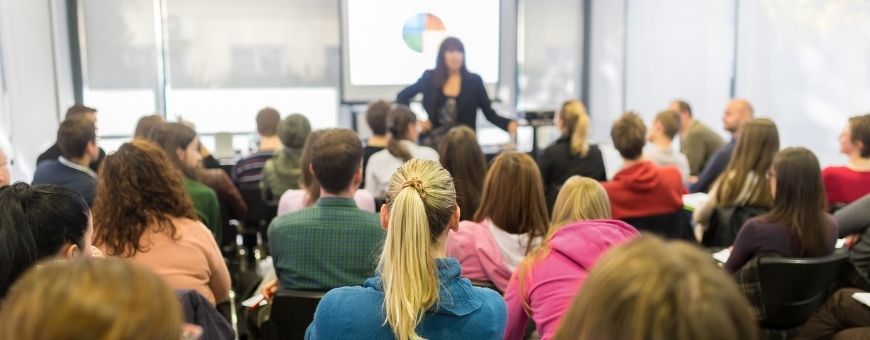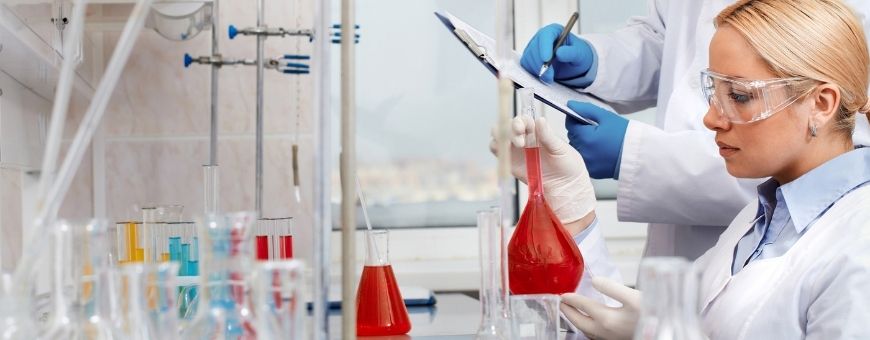UCAT Advice Universities and Courses
What's It Like To Study Medicine At USYD? | Student Experience
Have you ever wondered, “What’s it like to study medicine at USYD?” Here’s your answer!. In this article, a guest author writes about their experience studying a double Bachelor of Science and Doctor of Medicine degree at the University of Sydney, including details about the lectures, labs, research and campus life.
What does the University of Sydney Medicine degree involve?
The University of Sydney combined Medicine degree is the only degree of its kind offered in New South Wales.
The degree has two components – an undergraduate degree of your choice as either a Bachelor of Science or Bachelor of Arts, followed by a Doctor of Medicine postgraduate course provided you successfully achieve a Credit Average in your Bachelors.
The undergraduate degree portion offers a flexibility that cannot be found in other undergraduate medicine degrees.
You can select majors from any discipline and there is elective unit space that allows you to pursue out of the ordinary subjects for a semester to test out whether you enjoy them.
What’s it like to study Medicine at USYD?
The typical day in the life of a double degree medical student will vary greatly for each individual as a consequence of this.

A Day in the life of a Bachelor of Science undergraduate
For Bachelor of Science undergraduate students in the double degree medical program, the typical day in the life involves scheduled Mathematics and Science-based lectures which run for an hour, and a three or four-hour lab session in the afternoon.
In the USYD program, there is a Biology, Physiology and Anatomy unit which are all mandatory to progress to the postgraduate component.
Taking these units means that you can scratch the surface of the foundations of the postgraduate medicine program in advance, alongside majors that do not necessarily have to be med-related; think Economics, Physics, Latin or Mathematics.
Lectures
Lectures are quite different to high school lessons – they are somewhat much more impersonal, and the lecturers will often run through anywhere from ten to fifty slides of content in a single session.
There is allocated time, typically at the end, for students to ask questions but a lot of the learning of the content is expected to be performed outside of the lesson.
For Anatomy lectures, the lecturer will run through a series of pictures of cadavers or textbook diagrams, pointing out the key structures and teaching us what each of their functions in the body is.
For Mathematics lectures, the lecturer will run through a series of proofs and foundational knowledge of concepts. If you are lucky, you may get exposed to a few example questions, but practising problems is typically reserved for tutorials and at-home practice.

Labs
The lab sessions are very self-directed as well. You are sorted into lab partners and are given an instruction manual that outlines the aim of the lab and a very rough procedure. There are roaming lab tutors but, in essence, you have to figure out how to perform the experiment on your own. This is both daunting and rewarding because you get so much more out of applying the content you learn to new equipment.
The anatomy lab sessions are most exciting because you get to handle cadavers and move from all of the pictures in the notes to real specimens.
Want to ensure that you make it to Med School?
UCAT Masterclass will get you UCAT ready in less than 40 hours. Sign up for a free trial!
Research
Aside from scheduled classes, many double degree medical students spend part of their undergraduate completing research in areas of interest. Currently, I am completing Cancer Research, so will spend most afternoons after scheduled classes in the lab culturing cancer cells and performing experiments to characterise them.
The University offers research as part of the Dalyell Undergraduate Scheme, as well as during the Summer holiday period where an array of research scholarships become available. There is a research component as part of postgraduate medicine.
However, the research available during the undergraduate portion is much more reflective of what a career in research will be like.
You get to work alongside a talented team of researchers who are willing to take time out of their schedule to teach you what they can, as well as a supervisor who guides you through the project and is able to help you practice writing reports and literature reviews and giving presentations.
All of these skills are important for medical students, particularly because the field ahead requires that you are able to effectively communicate via both written and verbal means.

Medical societies and campus life
There are many opportunities to mingle with other medical students throughout the day.
On a weekly basis the USYD Combined Medicine Association organises social and networking events.
With invites extended across Years 1 to 3, it is a great opportunity to both be mentor and mentee for fellow medical students. On an average day, the social event is usually a pizza lunch at a restaurant on campus.
In between scheduled classes, there is usually time to spare to grab a bite at a campus café and catch up with your friends. Sometimes USYD has pop-up festivals and events (especially around the start of the year) which means that freebies are near, and this often means free food (!)
At the end of the day…
At the conclusion of the scheduled parts of the day, most students will find themselves at one of USYD’s libraries, consolidating all of the anatomy and physiology content from the day.
The first three years of the degree are about consolidating the foundational medicine knowledge as well as gaining rewarding experiences that will make you a more personable doctor.
For double degree medical students, while the typical day is jam-packed with study hours and classes, there is a lot of opportunity to branch out and socialise, and build up a toolbox of experiences that will allow you to pursue other interests.
Want to ensure that you make it to Med School?
UCAT Masterclass will get you UCAT ready in less than 40 hours. Sign up for a free trial!
